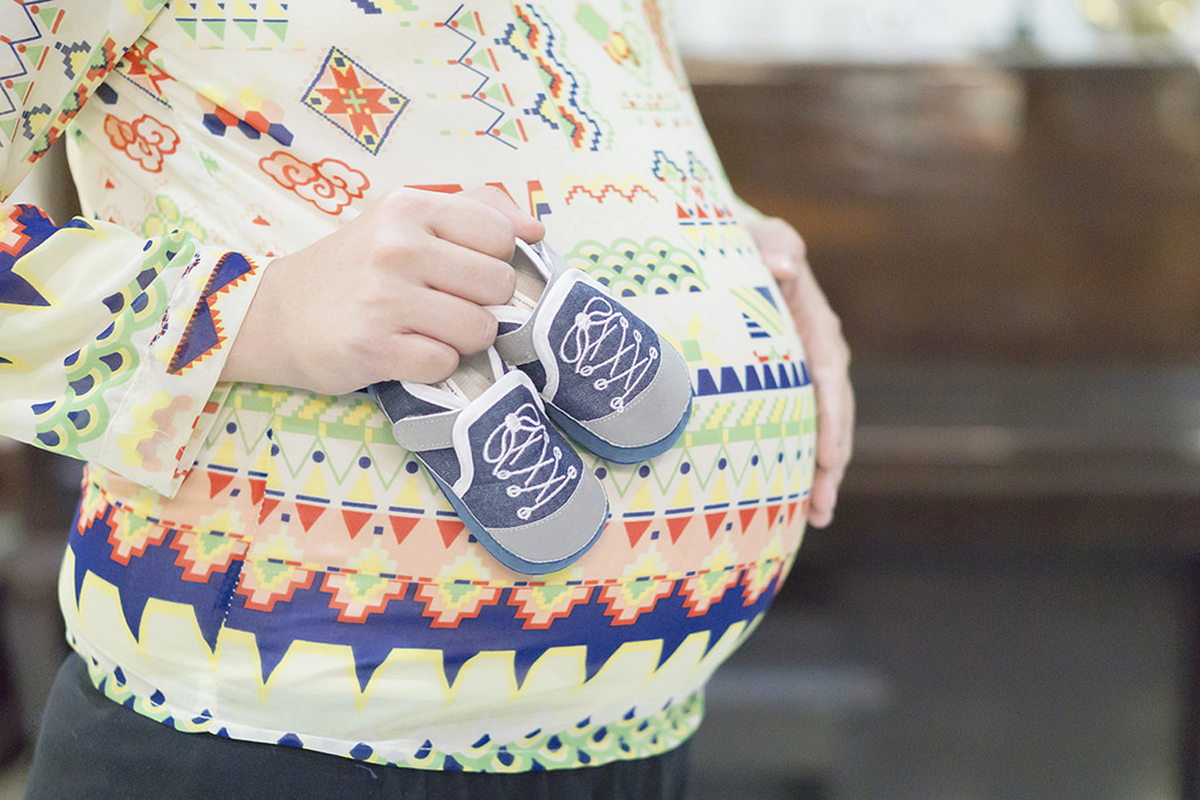Table of Contents
What could be causing this mini-epidemic of gastroschisis?
Gastroschisis is not something that runs in families. There is no single gene that dictates that a child will be born this way. The future siblings of a child who has the condition are not at greater risk for the disease.
There are some indications that some controllable factors influence the risk of gastroschisis.
- Women who use opioid medications early in pregnancy have about an 80 percent greater risk of having a child born with this birth defect, according to the National Birth Defects Prevention Study (NBDPS) in the United States, but that only means that the risk goes up from about 1 in 12,000 to about 1 in 6,000.

- Women who smoke or drink during pregnancy are slightly more likely to have babies who have this condition.
- Women who are on selective serotonin reuptake inhibitors (SSRIs) for depression at the beginning of pregnancy are about 2-1/2 times more likely to have babies that have the condition, but this only raises the risk from 1 in 12,000 to about 1 in 5,000. Prozac raises risk less than Paxil.
- Recreational drug use certainly cannot be recommended for mothers to be, but it does not seem to increase the risk of gastroschisis.
- Exposure to agricultural chemicals, especially among Mexican-American women in the southern San Joaquin Valley in California, increases the risk of gastroschisis.
- Use of chlorinated swimming pools during early pregnancy is associated with a 30 percent higher rate of gastroschisis among white women over the age of 20, although swimming in untreated water is not necessarily a good idea.
The fact is that the risk for gastroschisis is increased by things women might do before they know they are pregnant. A conscientious mother to be could still have a baby who has the disease. On the other hand, certain factors seem to reduce the risk of gastroschisis.
- Women who wait until after they are teenagers to get pregnant are less likely to bear a child who has the disease.
- Women of African descent are still less likely to have a child who has the disease, although rates of gastroschisis among African-American women have been rising sharply.
- Diet can make a huge difference in the risk of gastroschisis.
READ Prenatal Yoga - Is Yoga in Pregnancy Safe?
In fact, a study from the United Kingdom found that women who consumed fresh fruits and vegetables every day during their first trimester were from 60 to 96 percent less likely to have babies with the disease. Taking folic acid supplements every day during the first trimester resulted in a 30 to 70 percent reduction of the risk of the disease; it's better to take folic acid in the form of methylfolate, just in case you are in the 20 to 22 percent of the population that has a genetic variation called the methyltetrahydrofolate reductase mutation, which interferes with the body's use of the more common form of folic acid. Many women will be happy to know that increasing body fat is also associated with a lower risk of the disease, presumably because it guarantees the developing child will receive adequate calories.
There is just one caveat to these recommendations for avoiding this horrible birth defect. Don't smoke. In the UK study, eating right, maintaining weight, and taking supplements do not offset the detrimental effects of smoking. it can be hard to quit, but smoking cessation helps you and your baby avoid an even harder situation.
- Paranjothy S, Broughton H, Evans A, Huddart S, Drayton M, Jefferson R, Rankin J, Draper E, Cameron A, Palmer SR. The role of maternal nutrition in the aetiology of gastroschisis: an incident case-control study. Int J Epidemiol. 2012 Aug. 41(4):1141-52. doi: 10.1093/ije/dys092. Epub 2012 Jul 13. PMID: 22798661.
- Jones AM, Isenburg J, Salemi JL, Arnold KE, Mai CT, Aggarwal D, Arias W, Carrino GE, Ferrell E, Folorunso O, Ibe B, Kirby RS, Krapfl HR, Marengo LK, Mosley BS, Nance AE, Romitti PA, Spadafino J, Stock J, Honein MA. Increasing Prevalence of Gastroschisis - 14 States, 1995-2012. MMWR Morb Mortal Wkly Rep. 2016 Jan 22. 65(2):23-6. doi: 10.15585/mmwr.mm6502a2.
- Photo courtesy of viralbus: www.flickr.com/photos/viralbus/455643284/
- Photo courtesy of bayuaditya: www.flickr.com/photos/bayuaditya/15747976465/


Your thoughts on this